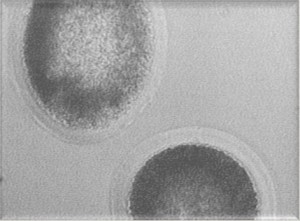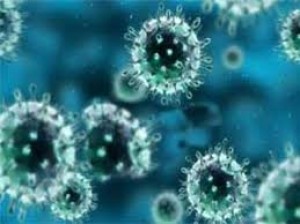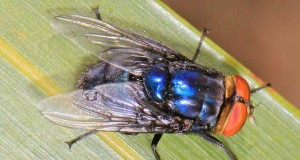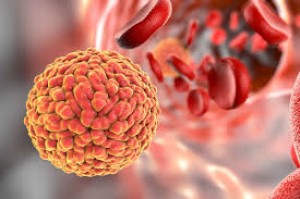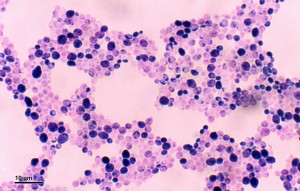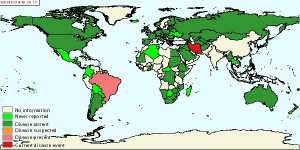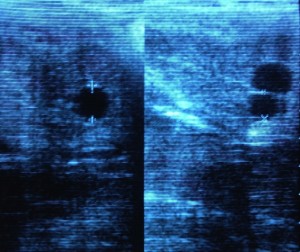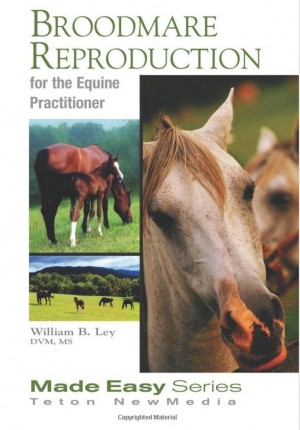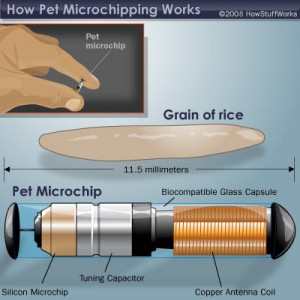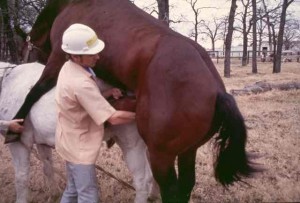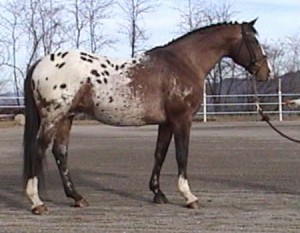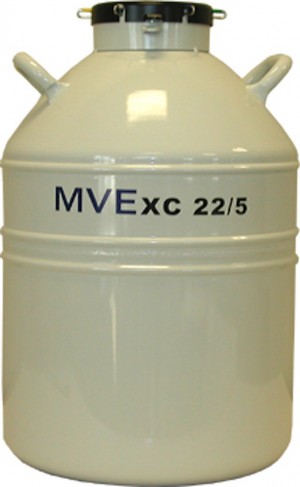Artificial Insemination: The conundrum of Volume versus Number.
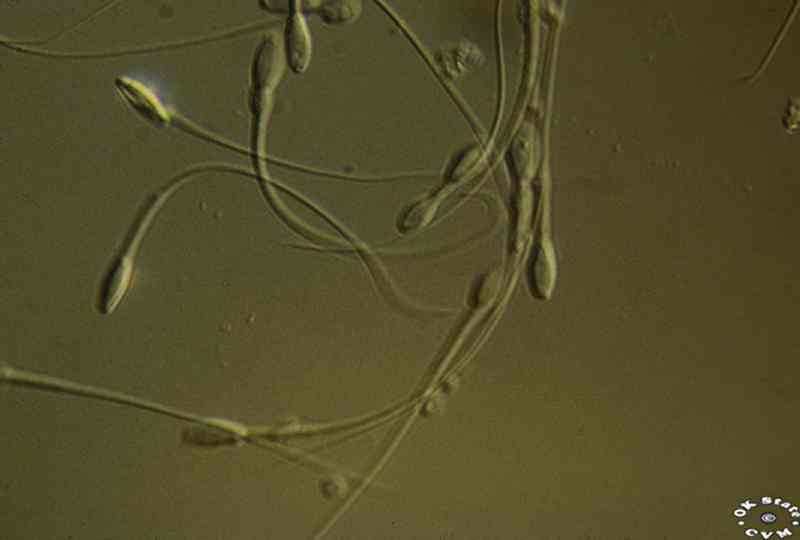
The most important determining factor for successful fertilization in any breeding program is the total number of progressively motile sperm delivered to the mare at the appropriate time. The total number of normal progressively motile sperm (PMS) can be determined by multiplying the volume of ejaculate x concentration x % motility x % morphologically normal sperm. Current guidelines state that mares being bred with cooled semen should be inseminated with 1 billion PMS per inseminate to insure maximum fertility (1). However, acceptable pregnancy rates have been achieved with lower numbers of progressively motile sperm. If semen is handled correctly and is from a very fertile stallion, insemination doses as low as 100 million PMS have resulted in acceptable pregnancy rates (2). For the average stallion, the suggested minimum insemination dose per mare is 300 million PMS (3).
The number of normal sperm in an insemination dose appears to be much more important than the volume of inseminate (2). Normal insemination volumes for extended equine semen range from 10 to 80 ml (1-3). This volume is the sum of the raw semen plus an appropriate amount of extender. Semen extender is used to protect the sperm from the detrimental effects of cooling, storage, transport and seminal plasma (1,3,4). Raw semen should be diluted at least 1:1 with a suitable extender as early as possible after collection (1,3,4). There are many semen extenders available on the market, both commercial and homemade (1,3,5,6). It is important to choose an extender that is most compatible with the semen of the stallion that is being collected.
Individual stallions respond variably to different extender combinations. Several different combinations of extender and antibiotic should be used to determine which results in the best longevity of motility for the particular stallion being collected. Research also indicates that stallion semen responds favorably (increased longevity of motility) to extender added during ejaculation (4,5). Thus, the appropriate volume of inseminate can be determined by measuring the concentration of sperm and calculating the volume of raw sperm needed to provide 1 billion PMS. This amount of raw sperm should be extended using the amount and type of extender that works best for the individual stallion being collected.
It is important to remember that inseminate doses that are too concentrated may not dilute the toxic effects of seminal plasma, and volumes that are too large (e.g., greater than 100ml) may result in significant losses of sperm through the mare's dilated cervix following insemination (1,2). In stallions that produce low concentrations of sperm per ml of raw semen, it may be necessary to inseminate large volumes in order to provide adequate numbers of normal sperm. In these cases, the benefits of inseminating the appropriate amount of extended semen far outweigh the risk of a portion of the dose refluxing out of the uterus.
W B Ley, DVM, MS, DACT
March 2019
References
1. McKinnon AO. Guidelines for veterinarians involved with breeding horses with cooled, transported semen. Australian Equine Veterinarian 1993;11:168-170.
2. Brinsko S, Varner D. Artificial insemination and preservation of semen. Veterinary Clinics of North America: Equine Practice 1992;8:205-216.
3. Watson E. Artificial insemination in horses. In Practice 1995;17:54-58.
4. Braun J, Torres-Boggino F, Hochi S, Oguri N. Effect of seminal plasma on motion characteristics of epididymal and ejaculated stallion spermatozoa during storage at 5 C. Deutsche Tierarztliche Wochenschrift 1994;101:319-322.
5. Solomon W. Clinical management of subfertility in two standardbred stallions. Proc Ann Conv Amer Assc Eq Prac 1990:36:23-29.
6. Kotilainen T, Huhtinen M, Katila T. Sperm-induced leukocytosis in the equine uterus. Theriogenology 1994;41:629-636.
Dr. William B. Ley DVM, MS, DACT Articles
Related Links
Allowed: 64M/67108864KB.
Current: 5849KB. Peak: 5919KB.


